Optimizing Controls to Track Moving Targets in an Intelligent Electro-Optical Detection System
Abstract
:1. Introduction
2. Coordinate System for Targeting
3. Design of Targeting Control
3.1. Adaptive nKF Kalman Filtering Prediction
3.2. Weighted Fusion Inequality Model
3.3. Targeting Error Interpolating Recursive
4. Verification
5. Conclusions
Author Contributions
Funding
Data Availability Statement
Acknowledgments
Conflicts of Interest
References
- Lee, J.; Park, S. Technology opportunity analysis based on machine learning. Axioms 2023, 11, 708. [Google Scholar] [CrossRef]
- Hu, Q.R.; Shen, X.Y.; Qian, X.M.; Huang, G.Y.; Yuan, M.Q. The personal protective equipment (PPE) based on individual combat: A systematic review and trend analysis. Def. Technol. 2022, 124, 2443–2449. [Google Scholar] [CrossRef]
- Huang, Q.H.; Jin, G.W.; Xiong, X.; Ye, H.; Xie, Y.Z. Monitoring urban change in conflict from the perspective of optical and SAR satellites: The case of Mariupol, a city in the conflict between RUS and UKR. Remote Sens. 2023, 15, 3096. [Google Scholar] [CrossRef]
- Musa, S.A.; Abdullah, R.S.A.R.; Sali, A.; Ismail, A.; Rashid, N.E.A. Low-slow-small (LSS) target detection based on micro Doppler analysis in forward scattering radar geometry. Sensors 2019, 19, 3332. [Google Scholar] [CrossRef]
- Li, D.; Wu, Y.M. Tracing and implementation of IMM Kalman filtering feed-forward compensation technology based on neural network. Optik 2020, 202, 163574. [Google Scholar]
- Shen, C.; Wen, Z.J.; Zhu, W.L.; Fan, D.P.; Chen, Y.K.; Zhang, Z. Prediction and control of small deviation in the time-delay of the image tracker in an intelligent electro-optical detection system. Actuators 2023, 12, 296. [Google Scholar] [CrossRef]
- Rasol, J.; Xu, Y.L.; Zhang, Z.X.; Zhang, F.; Feng, W.J.; Dong, L.H.; Hui, T.; Tao, C.Y. An adaptive adversarial patch-generating algorithm for defending against the intelligent low, slow, and small target. Remote Sens. 2023, 15, 1439. [Google Scholar] [CrossRef]
- Shen, C.; Fan, S.X.; Chen, Y.K.; Zhu, W.L.; Zhang, L.C.; Fan, D.P. Research on line of sight motion modeling and fire control correction of ballistic calculation system. IET Conf. Proc. 2022, 7, 1415–1421. [Google Scholar]
- Chang, Y.L.; Li, D.; Gao, Y.L.; Su, Y.; Jia, X.Q. An improved YOLO model for UAV fuzzy small target image detection. Appl. Sci. 2023, 13, 5409. [Google Scholar] [CrossRef]
- Arena, P.; Fortuna, L.; Occhipinti, L.; Xibilia, M.G. Neural networks for quaternion valued function approximation. IEEE Int. Symp. Circuits Syst. 1994, 6, 307–310. [Google Scholar]
- Nie, J.; Hao, L.C.; Lu, X.; Wang, H.X.; Sheng, C.Y. Global fixed-time sliding mode trajectory tracking control design for the saturated uncertain rigid manipulator. Axioms 2023, 12, 883. [Google Scholar] [CrossRef]
- Fan, S.X.; Li, M.X. Quantized control for local synchronization of fractional-order neural networks with actuator saturation. Axioms 2023, 12, 815. [Google Scholar] [CrossRef]
- Liu, X.Y.; Shu, L.P.; Lin, Z.W.; Wu, Y.; Zhu, B.F.; Tang, X. Hit solving method of antiaircraft gun C-RAM based on variable step size Runge-Kutta method. J. Ordnance Equip. Eng. 2022, 43, 297–304. [Google Scholar]
- Zhang, X.J.; Wang, J. Solving water gun hit problem based on jet differential equation. Fire Control Command Control 2019, 44, 49–54. [Google Scholar]
- Yao, Z.; Chen, C.Q.; Wang, R.; Xu, B.C. Firing data algorithm for shipboard gun based on GSA. J. Proj. Rocket. Missiles Guid. 2020, 40, 94–97. [Google Scholar]
- Liu, H.; Fan, D.P.; Li, S.P.; Zhou, Q.K. Design and analysis of a novel electric firing mechanism for sniper rifles. Acta Armamentarii 2017, 37, 1111–1116. [Google Scholar]
- Geng, Q.; Liu, H.; Fan, D.P. Deviation measurement of sniper’s line of sight and electric firing control. J. Appl. Opt. 2018, 38, 606–612. [Google Scholar]
- Wu, W.; Wu, L.; Lu, F.X. Maximum hitting probability based fire control calculation for new shipboard gun against sea target. Electron. Opt. Control 2019, 26, 44–48. [Google Scholar]
- Zhang, Z.Y.; Wang, T.T.; Guo, H.; Wang, Y.F. Antiaircraft firing strategy of electromagnetic railgun with adjustable muzzle velocity of projectile. Acta Armamentarii 2021, 42, 430–437. [Google Scholar]
- Qiu, X.B.; Dou, L.H.; Shan, D.S. Solution of hit problem of firing on the move on target under maneuvering. Acta Armamentarii 2010, 31, 1–6. [Google Scholar]
- Li, R.; Zhang, L.; Lu, Y.X.; Wang, Y. Research on dynamic gunnery problem solution based on exterior ballistic. J. Phys. Conf. Ser. 2023, 2460, 012005. [Google Scholar] [CrossRef]
- Lyu, M.M.; Liu, R.Z.; Hou, Y.L.; Gao, Q.; Wang, L. A target motion filtering method for on-axis control of electro-optical tracking platform. Acta Armamentarii 2019, 40, 548–554. [Google Scholar]
- Lyu, M.M.; Wang, L.; Hou, Y.L.; Gao, Q.; Hou, R.M. Mean Shift Tracker with Grey Prediction for Visual Object Tracking. Can. J. Electr. Comput. Eng. 2018, 41, 172–178. [Google Scholar]
- Lyu, M.M.; Hou, R.M.; Ke, Y.F.; Hou, Y.L. Compensation method for miss distance time-delay of electro-optical tracking platform. J. Xi’an Jiaotong Univ. 2019, 53, 141–147. [Google Scholar]
- Lyu, M.M.; Hou, Y.L.; Gao, Q.; Liu, R.Z.; Hou, R.M. Fast Template Matching Based on Grey Prediction for Real-Time Object Tracking. Proc. SPIE-Int. Soc. Opt. Eng. 2017, 10225, 7–13. [Google Scholar]
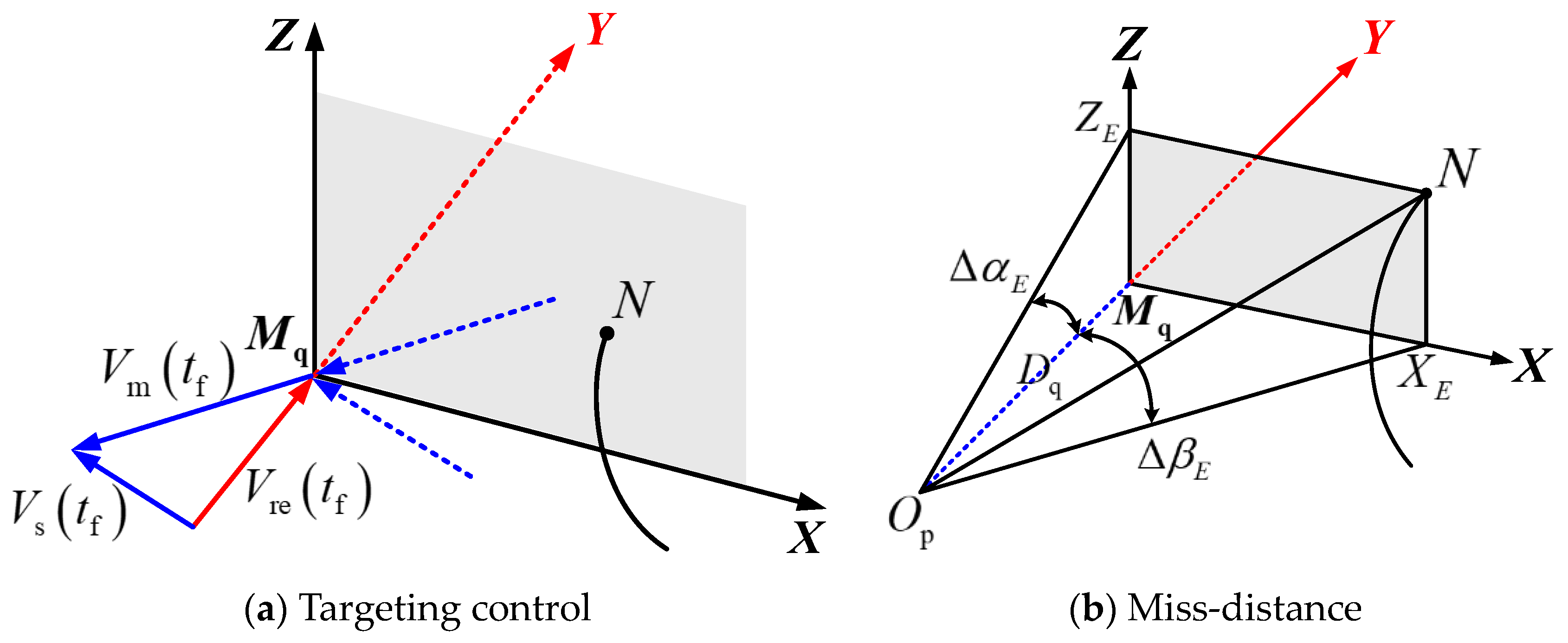
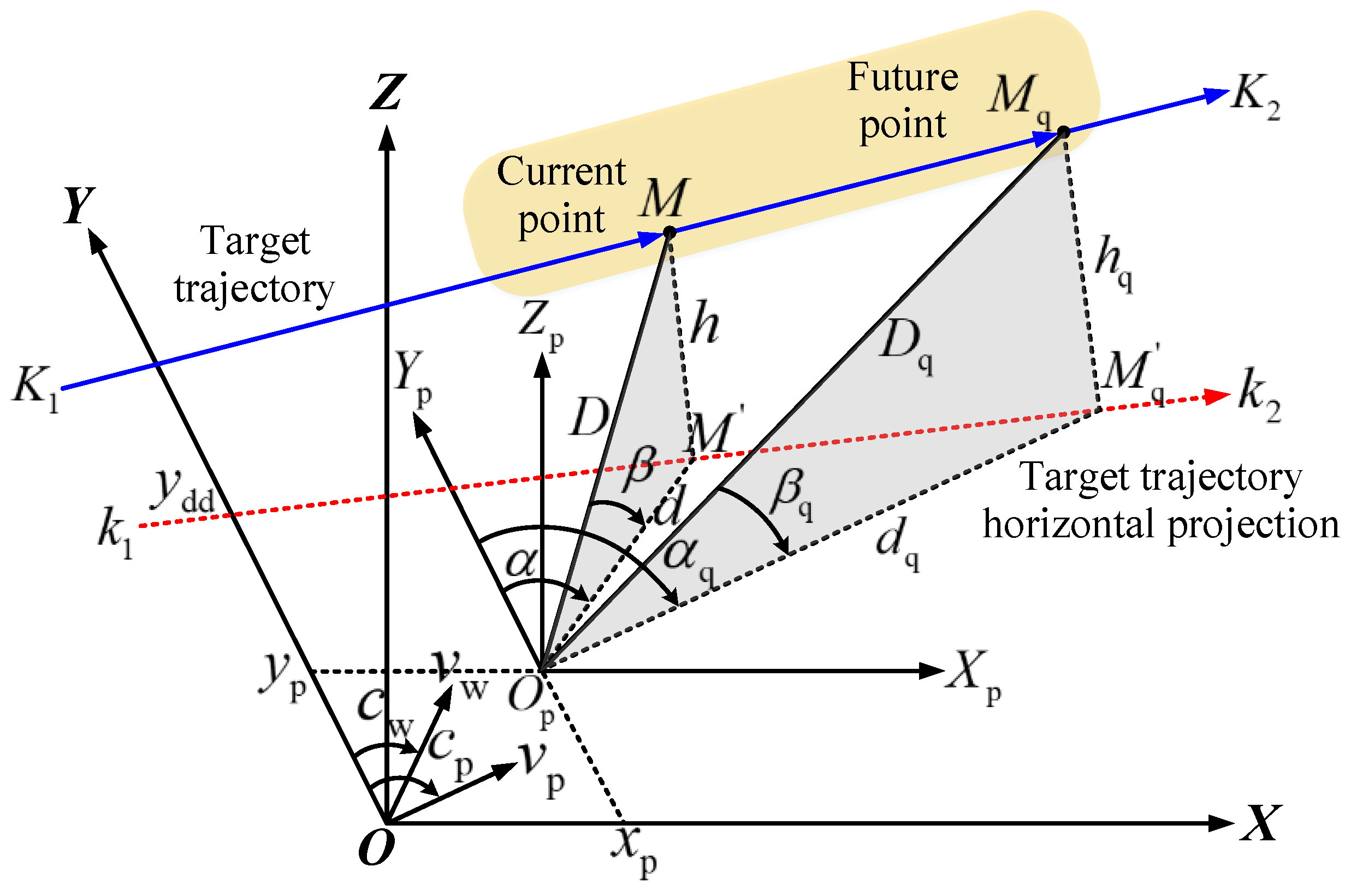
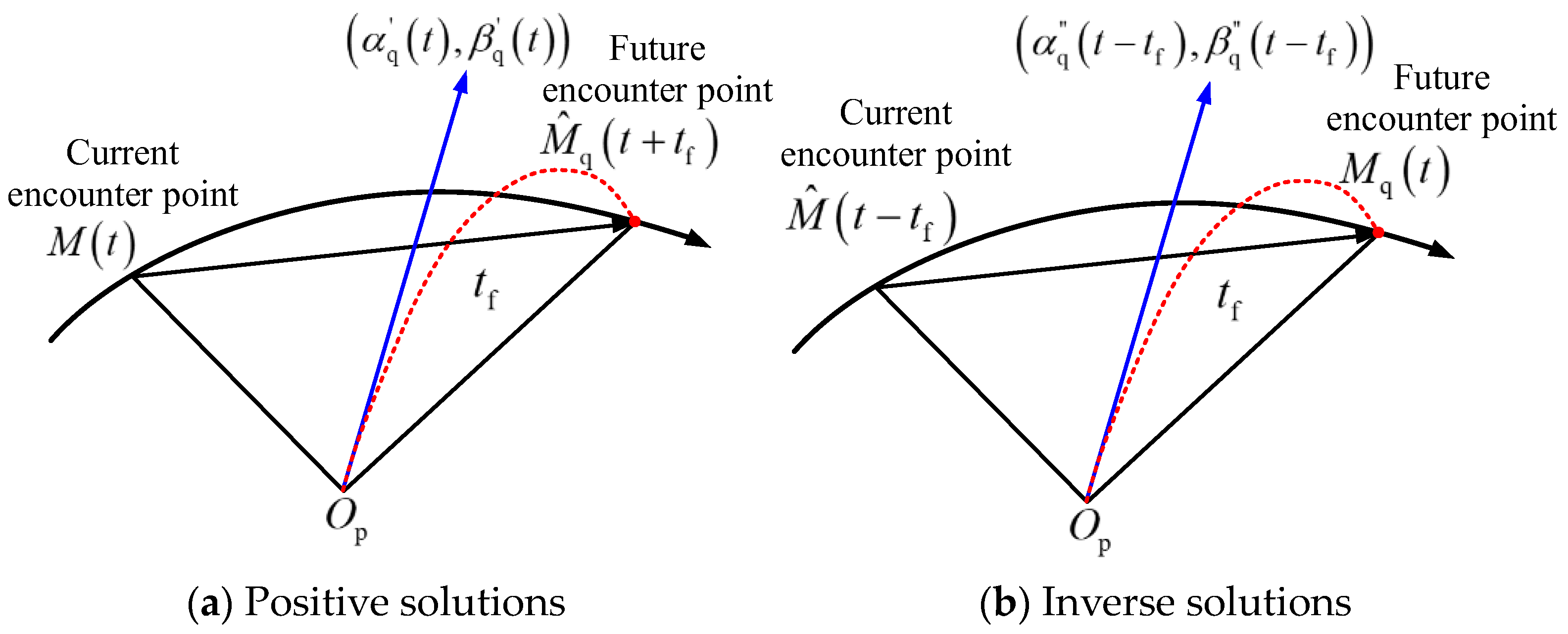

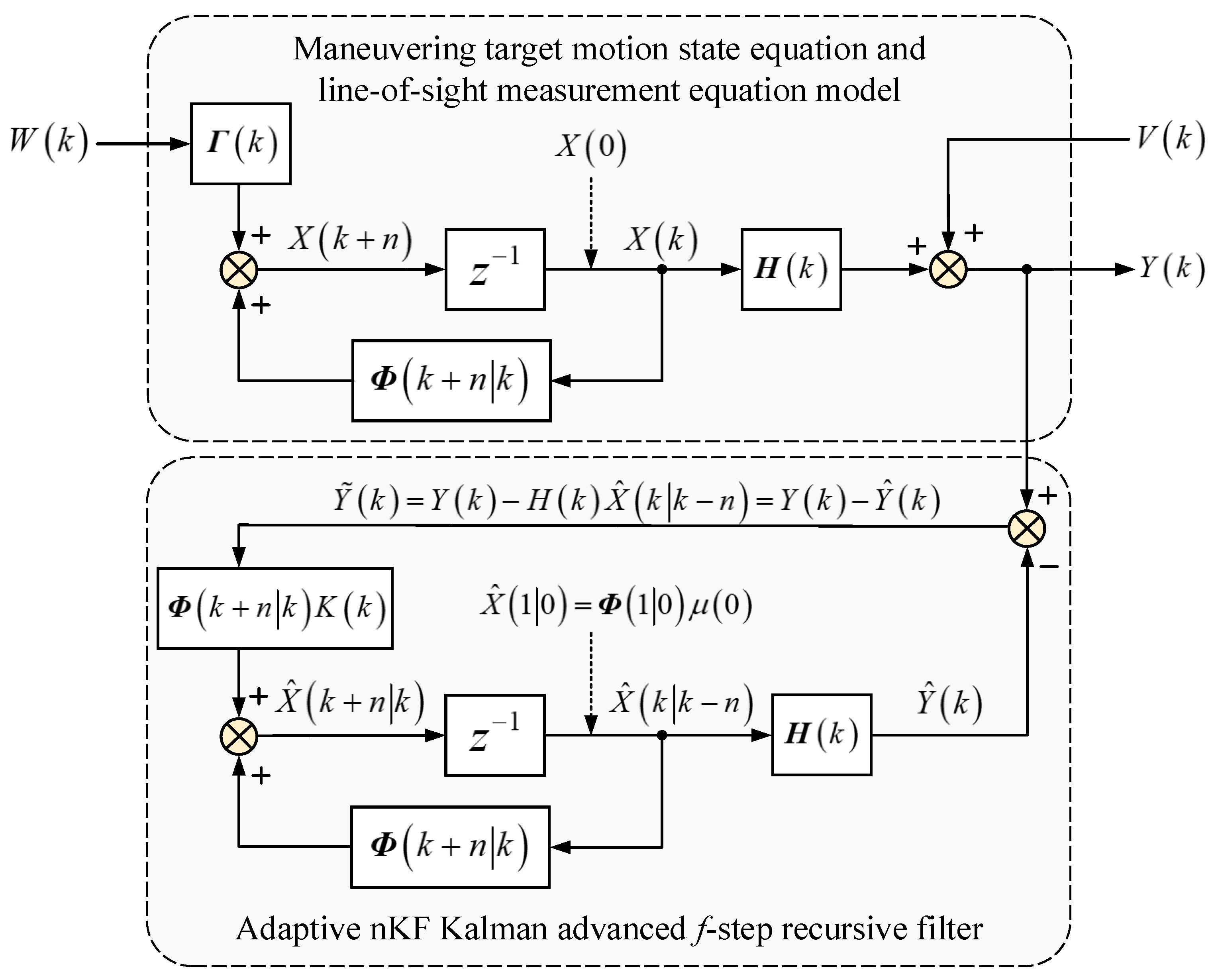
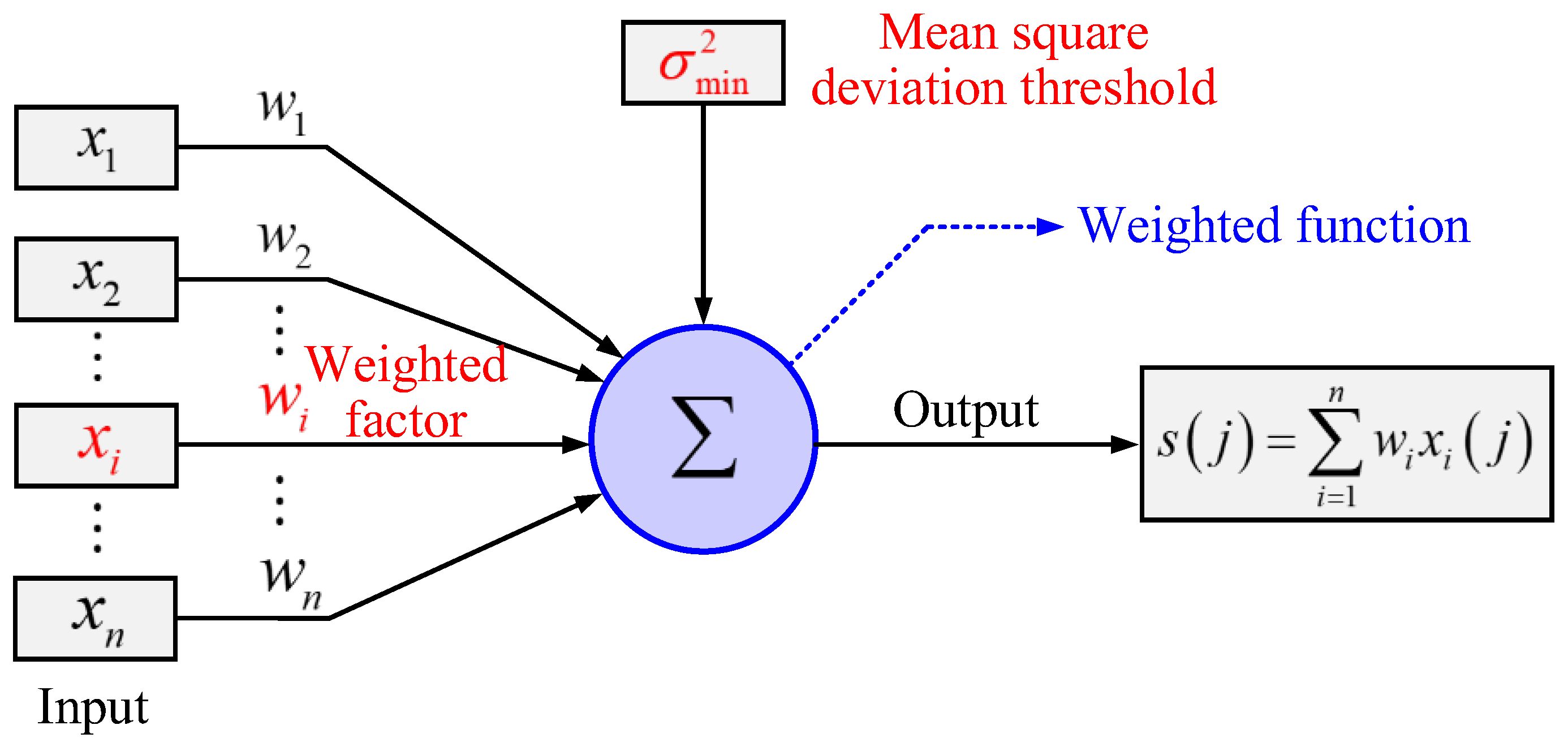


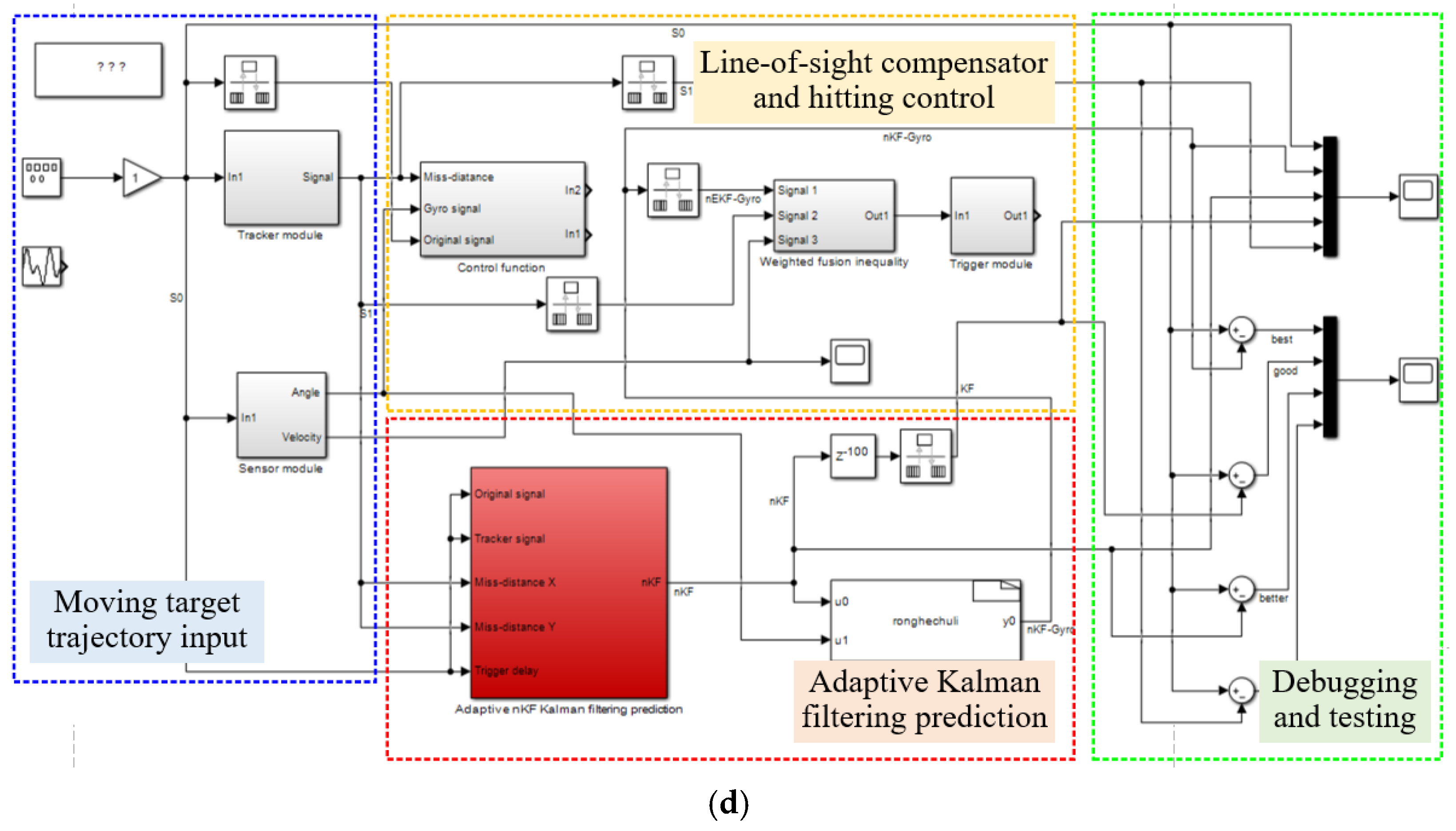
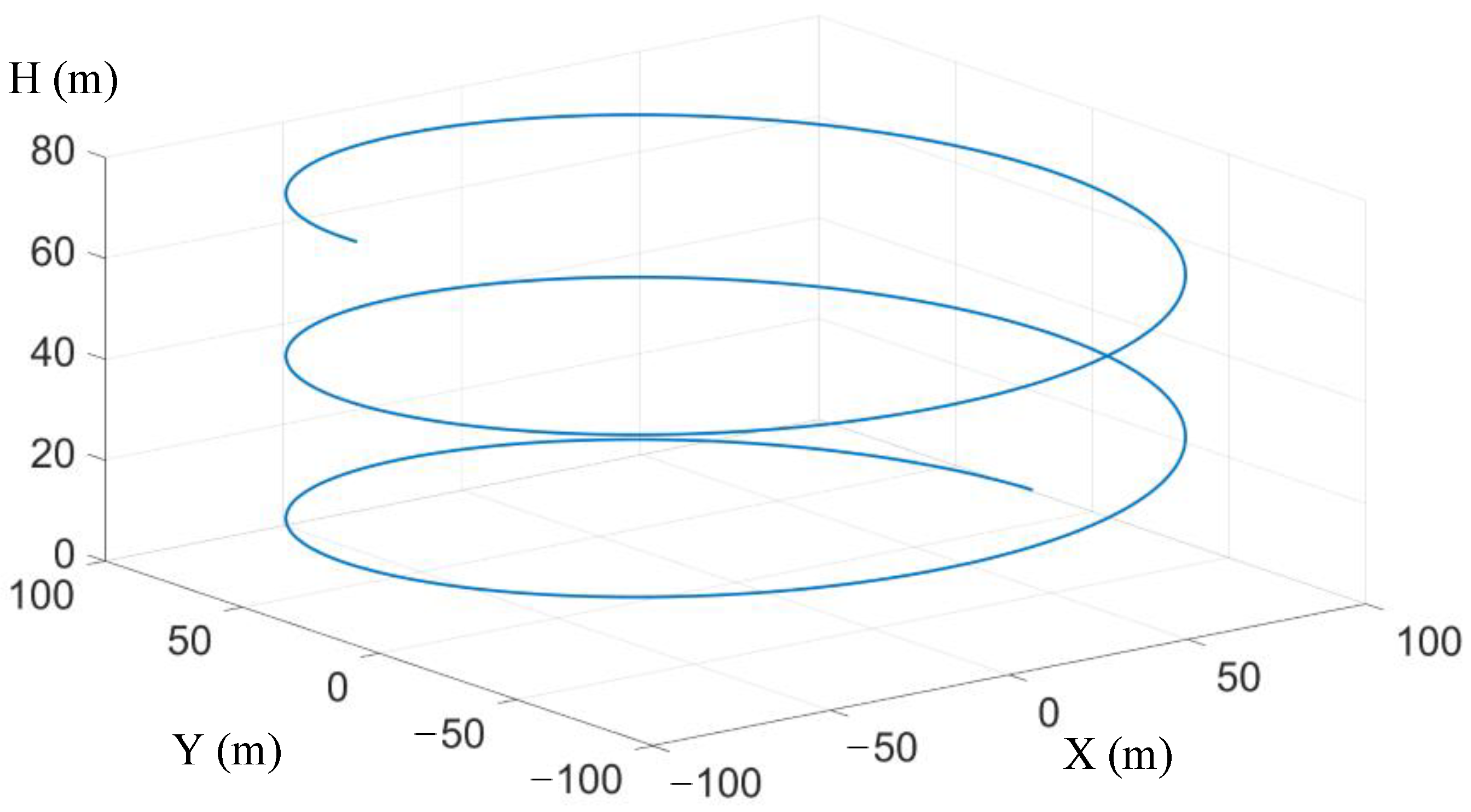




| No. | Index | Parameter |
|---|---|---|
| 1 | S3 measured error δ1 | 0.32 mrad |
| 2 | Traditional KF method error δ2 | 0.19 mrad (↑40.6%) |
| 3 | Traditional nKF method error δ3 | 0.16 mrad (↑50%) |
| 4 | Optimized nKF-Gyro method error δ4 | 0.12 mrad (↑62.5%) |
| 5 | Traditional KF method error ratio λ1 = 1 − δ2/δ1 | ↑40.6% |
| 6 | Traditional nKF method error ratio λ2 = 1 − δ3/δ1 | ↑50% |
| 7 | Optimized nKF-Gyro method error ratio λ3 = 1 − δ4/δ1 | ↑62.5% |
Disclaimer/Publisher’s Note: The statements, opinions and data contained in all publications are solely those of the individual author(s) and contributor(s) and not of MDPI and/or the editor(s). MDPI and/or the editor(s) disclaim responsibility for any injury to people or property resulting from any ideas, methods, instructions or products referred to in the content. |
© 2024 by the authors. Licensee MDPI, Basel, Switzerland. This article is an open access article distributed under the terms and conditions of the Creative Commons Attribution (CC BY) license (https://creativecommons.org/licenses/by/4.0/).
Share and Cite
Shen, C.; Wen, Z.; Zhu, W.; Fan, D.; Ling, M. Optimizing Controls to Track Moving Targets in an Intelligent Electro-Optical Detection System. Axioms 2024, 13, 113. https://doi.org/10.3390/axioms13020113
Shen C, Wen Z, Zhu W, Fan D, Ling M. Optimizing Controls to Track Moving Targets in an Intelligent Electro-Optical Detection System. Axioms. 2024; 13(2):113. https://doi.org/10.3390/axioms13020113
Chicago/Turabian StyleShen, Cheng, Zhijie Wen, Wenliang Zhu, Dapeng Fan, and Mingyuan Ling. 2024. "Optimizing Controls to Track Moving Targets in an Intelligent Electro-Optical Detection System" Axioms 13, no. 2: 113. https://doi.org/10.3390/axioms13020113
APA StyleShen, C., Wen, Z., Zhu, W., Fan, D., & Ling, M. (2024). Optimizing Controls to Track Moving Targets in an Intelligent Electro-Optical Detection System. Axioms, 13(2), 113. https://doi.org/10.3390/axioms13020113






